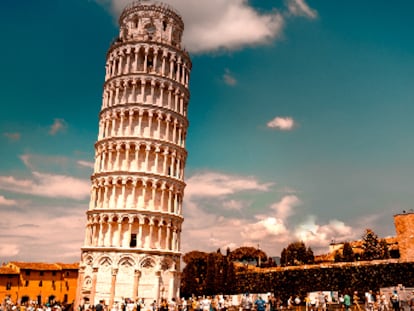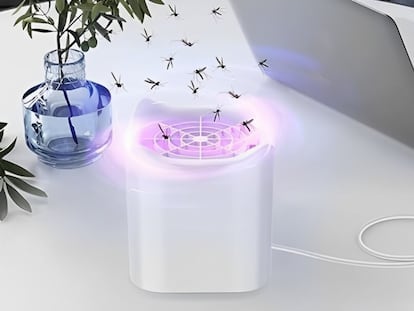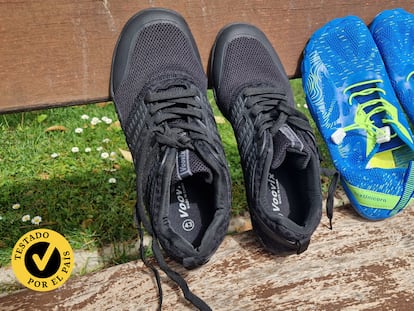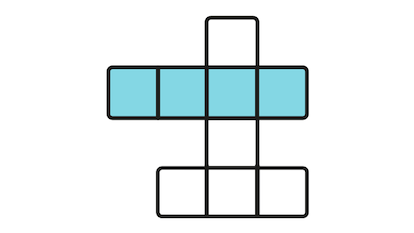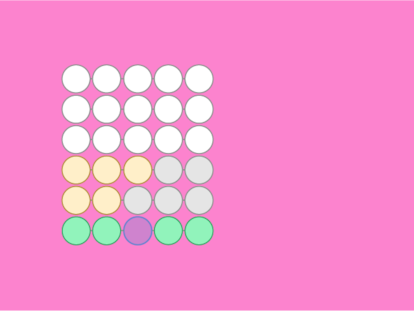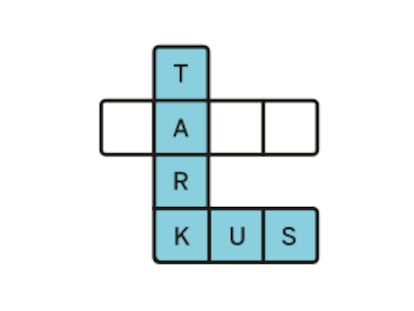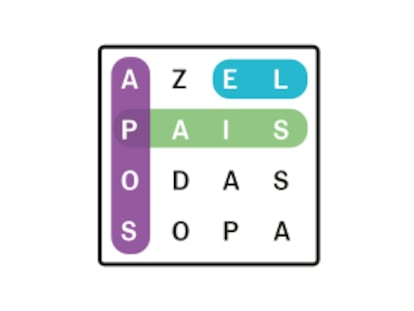The potential of stem and progenitor cells slumbers in our blood vessels
The extensive efforts to identify and characterize stem cells continue because there is great hope that stem cells can be used to heal currently incurable diseases. Great strides in scientific techniques have enabled us to establish any cell type from differentiated adult human cells. Many niches exist in our body that harbour stem cells; one of these niches is the wall of blood vessels.
Mammalian life begins in a one cell state. The zygote (totipotent) gives rise to all the cells of an organism. Through successive cell divisions and stepwise specialization, 220 different cell types finally arise. Cell specialization passes through different levels; pluripotent stem cells, multipotent stem/progenitor cells and unipotent progenitor cells. Increasing cell specialization is accompanied by a decline in developmental potential. To create new tissue and organs to replace defective tissue, cells with pluri- or multipotent development potential are needed. Do such cells exist in our body? In 1954, Stevens and Little described pluripotent stem cells in teratocarcinoma, an embryonic tumour in the adult body. Intensive work has lead to the identification of different niches in our body that contain multi- and unipotent stem and progenitor cells. Studies by Briggs and King in 1952, and Hochedlinger and Jaenisch in 2002, revealed that the cellular differentiation process is not related to permanent genetic changes. Finally in 2006, Takahashi and Yamanaka were the first to show the reprogramming of adult mouse cells back to the level of pluripotency - as embryonic stem cells - by introducing only a few factors controlling gene activity. Subsequently, they reprogrammed human adult cells to the pluripotent level. These so-called induced pluripotent stem cells (iPS) prompted a media circus and raised hopes. However, the major problems that prevent them from being used clinically are their propensity to form tumours and the fact that all genes needed for iPS generation promote tumour growth or induce cancer. Despite technological improvements, the tumorigenic potential of iPS cannot yet be excluded.
Thus, understanding the mechanisms controlling the fate and differentiation of multipotent stem or progenitor cells, which are already resident in our body, becomes more important. In addition to connective and adipose tissues, bone marrow is the niche most studied. As of now, only bone marrow derived blood stem cell preparations have been routinely used in clinical practice. Ten years ago we identified that a part of bone marrow derived blood cells gives rise to progenitors differentiating into endothelial cells, which are crucial for blood vessel formation and line the lumen of all blood vessels in our body. We asked, if these cells exist outside the bone marrow. In 2006, we identified a zone in the wall of adult human arteries and veins which contains not only multipotent progenitors for the vessel wall cells, but also for some types of mature blood cells, such as macrophages. Later studies performed by other groups confirmed our findings. Why is this niche of significance? Firstly, several veins and some arteries in our body are located immediately under the skin and can be accessed easily. Secondly, the combined length of our blood vessels is 95,000 km, which suggests a large reservoir of different multipotent stem or progenitor cells in their walls. Understanding the mechanisms controlling these cells would help us to use them not only as cellular therapeutics, but also to design new drugs for their endogenous therapeutic manipulation, for example in cancer therapy and the treatment of cardiovascular diseases. Thirdly, given their location in the outer part of the vessel wall away from the blood flow, the stem and progenitor cells are not exposed to the same continuing proliferation and regeneration activity as are the stem and progenitor cells of the bone marrow. Also, they are not exposed to sheer stress. Thus, hypothetically, blood vessel wall resident stem cells are probably less targeted by cell damaging processes. Finally, recent studies to generate iPS from different human organs, such as the pancreas, liver, brain and intestine, showed that, although the cells of these organs are genetically identical, they exhibited a different pattern of gene activity or a different epigenetic state, which is of great importance for their efficient manipulation. Also, in this context, the blood vessel wall resident stem and progenitor cells probably provide a beneficial cell population because we and others have shown that the adult blood vessel wall niche contains cells at different levels of cellular differentiation and specialization. This differing epigenetic state might be useful for generating different mature cell types.
In summary, tapping the blood vessel wall resident stem cell potential will provide a realistic, groundbreaking alternative in the cellular therapy of incurable diseases.














